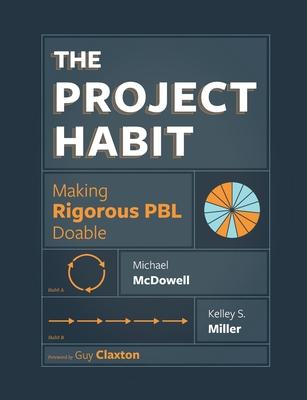The primacy of surface teaching and learning is largely based on a system of habits. Attempts at changing these systems have been based largely on changing belief systems, building "motion" based habits, and setting goals. As we read through the book, motion and actions both require effort. Action habits however provide results. The work of teachers is to employ action habits that are linked deep-to-transfer learning on a daily basis and to ensure students develop the knowledge and skills to develop the knowledge and skills to take responsibility over their own learning and work in an interdependent space with others to solve rich authentic problems.
This is NOT to be habits of intensity such as quotas of a set number of projects whereby we employ one big project a year and throughout the best habits for a few weeks. This places deep and transfer learning as a side act and project based learning a methodology built of products rather than the process of learning and problem solving.
This is challenged by the environment teachers operate in. Classrooms are akin to a habitat where animals utilize a system of habits to survive and thrive. Classrooms have been designed to privilege surface knowledge and limit deep to transfer teaching and learning. The change must occur by staying small and staying focused on a few habits that enable teachers to rise above the preconditions that have been set for them and their students.
This book laid out a number of habits that when put together creates steps that when aligned create four phases of rigorous problem and project based learning. Our hope is you as a practitioner hone in on one or two habits and build a level of proficiency there and then scale over time to build more habits. Success begets success. Let's go slow to go fast and bring deep to transfer to not only be ignited in our classrooms but sustained for generations to come. Here is to the turtle race! We're right there with you going slow to go fast.
